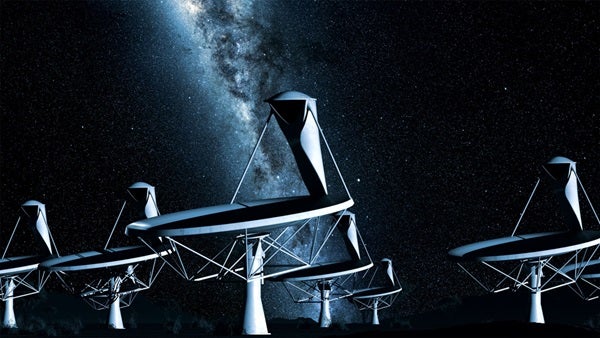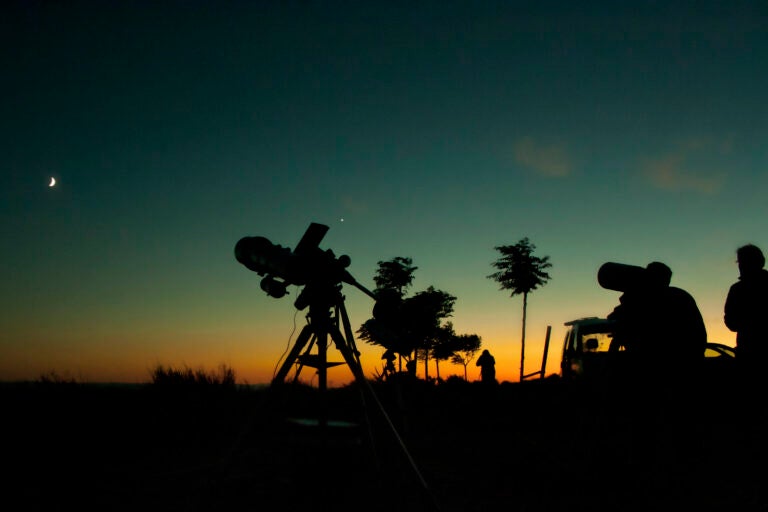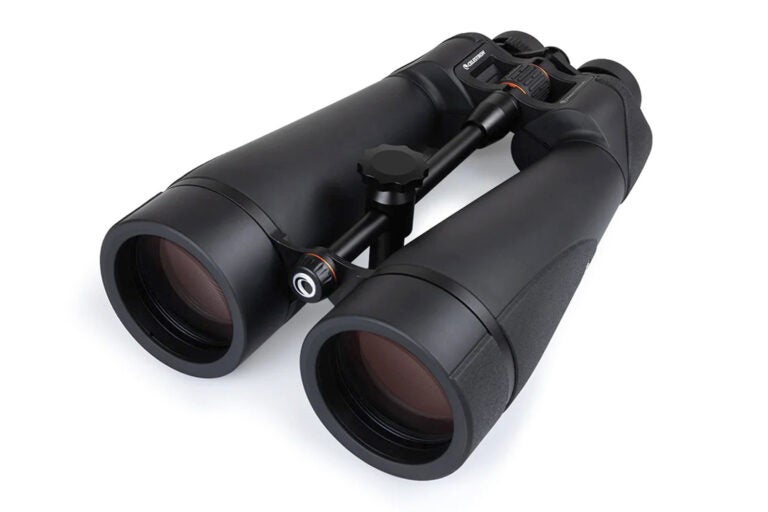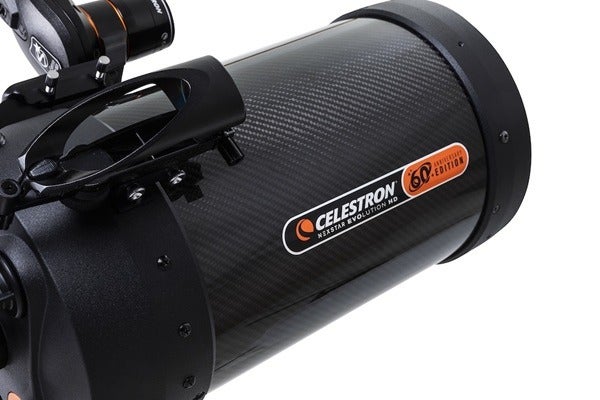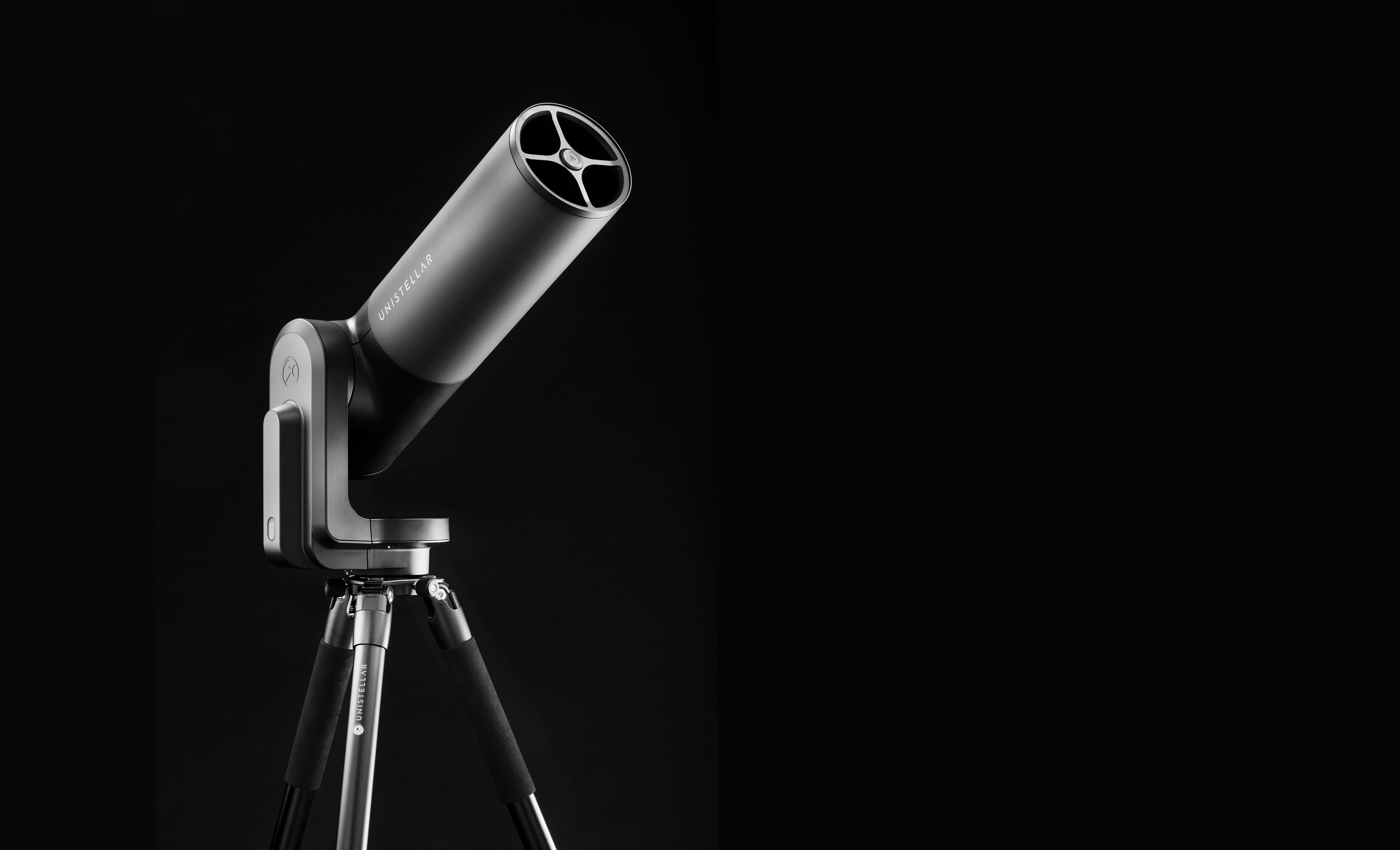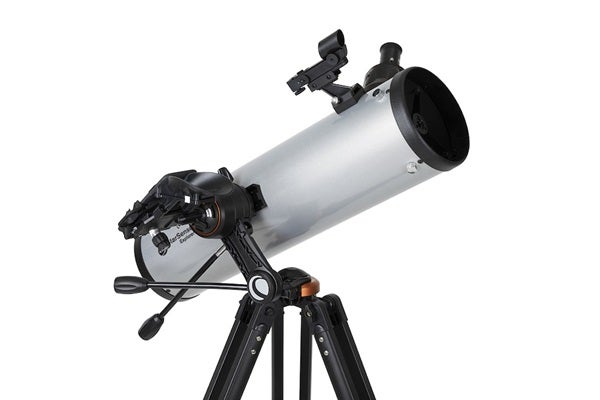The SKA will be composed of thousands of dishes and millions of linked radio-wave receptors located in Australia and in Southern Africa, and their combined signals will create a telescope with a collecting area equivalent to a dish of about one square kilometer. The SKA is now entering the detailed-design phase in which engineering work and concept selection will take place. During 2013, the SKA organization, which manages the global project from its offices at Jodrell Bank Observatory near Manchester, invited proposals from research organizations and industry partners for the design stage. As with other global research projects of this magnitude, such as the development of the Large Hadron Collider, the SKA has been broken down into various modules called “work packages.” Each of these packages will be managed by a consortium of international experts. The work packages range from developing the new dishes and other antennas for the telescope through the immense computing and software systems to the basic infrastructure needed to operate what will be one of the largest science facilities ever constructed.
The universities of Manchester, Cambridge, and Oxford are leading and taking major roles in a number of these consortia alongside the Science and Technology Facilities Council’s (STFC) laboratories and other United Kingdom academic and industry partners. The consortia the United Kingdom is leading are Signal and Data Transport, responsible for the design of data transport networks, and Science Data Processor, which will focus on what is needed to process the science data into useable science products.
“The SKA will be an extraordinary project,” said Keith Grainge from the University of Manchester. “The amount of data we need to transport from the antennas to the processors is equivalent to the entire world’s internet traffic rate in 2011. In addition, we will need to synchronize the clocks at each antenna to a thousand-billionth (0.000000000001) of a second. With the team of experts we have round the world, we are confident that we can meet these challenges, and we are all looking forward to exploring some fascinating new areas of science with the telescope.”
“We are thrilled to be able to build on the decades of expertise we have in the university to contribute to this project, which is the exemplar ‘big data’ project of this generation,” said Paul Alexander from the University of Cambridge.
“After many years of planning and preparation, it is very exciting that the SKA project is now moving into the detailed-design phase,” said Michael Jones from the University of Oxford. “In a few years, this amazing scientific instrument will no longer be the stuff of dreams but will start to become a reality.”
STFC is providing funding for the United Kingdom’s involvement in the project’s detailed design phase, enabling United Kingdom institutes, laboratories, and industry to participate in the international work collaborations needed to progress SKA to construction readiness. STFC also provides funding to support operation of the SKA project headquarters. Support for activities is also being provided by the Department of Business, Innovation, and Skills.
“Each element of the SKA is critical to the overall success of the project, and we certainly look forward to seeing the fruits of each consortium’s hard work shape up over the coming years,” said John Womersley from STFC. “Now, this multi-disciplinary team of experts has three full years to come up with the best technological solutions for the final design of the telescope so we can start tendering for construction of the first phase in 2017 as planned. The directors of the SKA board feel that the consortia selected represent some of the world’s very finest scientists and engineers.”
Scientists and engineers from the United Kingdom and around the world, together with industry partners, are participating in the SKA project, which is driving technology development in antennas, data transport, software and computing, and power. The influence of the SKA project extends beyond radio astronomy. The designs, construction, and operation of the SKA have the potential to impact skills development, employment, and economic growth in science, engineering, and associated industries not only in the host countries but also in all partner countries.

